An All Frankenstein Weekly Geekly for 06/06/25
Jody didn’t have any readily available images of the Dr. Frankenstein or his creation, so I found the next best thing. It’s an image she came up with a while back when she was considering doing a series of one panel comics inspired by the old Dragon Mirth cartoons in Dragon Magazine. Let me know if you think I should nudge her to make more of these.
While it’s not a direct Frankenstein reference, it is tangentially related in a “resurrectionist” kind of way, so it’s as they might say on Yes, Minister, or in casual American conversation, “Close enough for government work.”
Every now and then, I do a “themed” Weekly Geekly Rundown. The first of its kind centered on Jane Austen whom I believe is the Greatest Novelist in the English Language. It was an easy post to write and I could have shared many more things Jane Austen. Given that the anniversary of her death is coming up in July, I might do a follow up. The stream of adaptations of, and new material inspired by, the writings of Jane Austen is never ending. This is as it should be, but today’s post was inspired by the recent release of a trailer for the upcoming Guillermo del Toro Frankenstein film. Guillermo is a visionary director whose work spans across genre and age groups seamlessly. When I think of the history of film, I see him as one of the great directors of Weird Tales. I am eager to see what he does with the Frankenstein tale, and based on him hiding the Creature’s face in the trailer my hope is that he shows the contrast between the yellow skin that scarcely covers the work of muscles and arteries underneath and the hair “of lustrous black, and flowing; his teeth of pearly whiteness.” The creature is a thing of both beauty and horror, features which should once again cue the audience in on the fact that they should not be deceived by his beautiful words.
Though we are far from the spooky season, we have seen an explosion of the use of AI recently and that makes it worth revisiting one of the most important creatures of terror ever invented, Frankenstein’s Monster.
As I paraphrased in my recent post on the trailer, there is a meme that says, “Knowledge is knowing that Frankenstein was not the Monster. Wisdom is understanding that Frankenstein was the monster.” The long time D&D gamer in me is screaming at me to edit that and change “knowledge” to “intelligence” since gamers often discuss the difference between those two abilities1. The pedant in me wants to post a galaxy mind meme with a follow up clarifying that both Victor and The Creature are monsters.
A recent viewing of a couple of BookTube videos discussing the 1818 edition of the book, in particular this one by Stella Telleria of It’s Too Late to Apologize, where the discussants were far too sympathetic to the Monster for my liking got me in a bit of a furor. If you read my post (link below the video), then you know that I think that the Monster is seductive, like Satan in Milton’s Paradise Lost, but that that seductive quality makes him all the more evil. He’s not the only evil in the book, Victor is a villain with almost no virtue.
Victor, mirroring Percy Bysshe Shelley is a father with no interest in parenting. He is also a metaphorical god who has no interest in caring for his creation. More than that he is a coward who let’s others die unjustly when he could save them from the thing he created. He is a vile figure whose worst act was not the creation of The Creature, but his willingness to allow all those around him to suffer and die rather than to take responsibility for his own actions. Mary uses Victor to present a lot of arguments about the nature of companionship, society, and science and he fails to do “the right” in all of those domains.
The Creature, that thing we pity as it is spurned by its creator, is as cruel as it is physically corrupted. It knows that it is not beautiful. It knows that is one of the reasons its petty creator rejected it. Mary takes full advantage as an author of our ability to empathize and take pity on those rejected unjustly. This allows her to the cruelty of The Creature in our faces to remind us that having been rejected by his God, The Creature has chosen evil. As much as The Creature blames Victor, the evil The Creature commits is very much a chosen evil, just as Victor’s evil (in the 1818 edition) is a chosen one. While his murder of Henry Clerval could be seen as a just action that prevents Henry from engaging in colonial cruelty, and I think there is merit to that interpretation, his murder of William is a grave sin. William is a bundle of pure joy and innocence. He could be the means of a new connection with society, instead The Creature kills him because he is a reflection of his creator. He then frames Justine for his crime and allows another to die for his sins.
As if in a competition with The Creature to demonstrate who is the greater evil, Victor allows Justine to pay for his own sins. While The Creature kills William, both Victor and The Creature are culpable in Justine’s death. Both are monsters and both reflect how monstrous we as people can be when we abandon the spiritual and natural connections that bind us.
Mary Wollstonecraft Shelley’s novel (get the Bernie Wrightson illustrated version) is a thing of beauty and should be read by everyone. People should also read her novel The Last Man, a novel that rings particularly true in a post-pandemic world. Frankenstein connects with us, so let’s explore some geeky ways we can experience this connection this Halloween season?
But first, a few words or review from our friends Luke Y. Thompson and Courtney Howard.
The Lamentations of Luke Y. Thompson
has another relatively heartbreaking, and genuine, lament this week. In a post discussing his realization that as much as he loves Los Angeles, that Los Angeles doesn’t love him back, Luke discusses the importance of community and how the competitive nature of Los Angeles often conflicts with that need. A cynical interpretation of Los Angeles presents the city as a purely transactional place, and it can descend into that at the drop of a hat.As it is for Luke, Los Angeles is my favorite city, but a large part of why it is my favorite city is the people I’ve known there. That is true for Luke as well. For me, Luke was one of the reasons my heart ached when I left that city. While Luke says that he’s “been told over the years that I tend to overshare, and can be negative in a way that puts people off.” I agree with his reaction to that, that these statements are exaggerated. I will say that you always know where you stand with Luke and that if you say something that upsets him, he will let you know, but he will also talk with you about it and doesn’t tend to assume the worst of you. He’s just a person who is genuinely who he is all the time. There is no layer of deception with him. If he likes you, he likes you and he’ll fight for you.
Luke has a lot of great qualities, but a while ago he met someone who made all of these great qualities bigger. He fell in love with a kind and funny person and Luke began to smile more. As a kind of aside, if Luke shared a picture of himself before he met his wife Julia, there’s a greater than 80% chance that the room would be dark and cave like. But if you look at the pictures he shares since then, they are bright and you can see a joy in his eyes that was rarer in the past. Heck, Julia got a person as committed to cult horror films as Luke is to not only watch Little House on the Prairie, but to attend a convention dedicated to the show. That not only demonstrates how much he loves her, but how much she has diminished any cynicism he might have.
I could honestly write about how much I value Luke and his wife as people for days, but I think I’ve already written too much. This is about Luke, not me, and please read his piece about his current situation.
On a more positive note, Luke has a review of Jean Claude Van Damme’s latest film The Gardener and it’s a very fun read. Two of the key points in the review are that this is a Jean Claude Van Damme film and a reminder that this is a very FRENCH comedy. Without getting into the weeds discussing the difference between parody and farce, let’s just say that French comedy tends more towards farce than parody even in a parodic film. The Gardener is without a doubt a parody, in that it is clearly parodying a number of recent American action films like The Beekeeper (which Luke mentions in his piece), wherein a seemingly normal person is revealed to not only be The Perfect Weapon, but is often a former government agent, is part of an extra-governmental organization, or is a militant prepper trained in the means of war. Given that JCVD has, since at least the film JCVD, been shifting his career Shatnerian style into the self-reflective, there’s a bit of satire as well. But it’s French, so there will be farce. They will, to borrow a phrase, farce in your general direction. Anyone who’s watched a later Jean Reno comedy knows what to expect.
It never ceases to amaze me that the French filmic sensibility can equally produce the noir beauty of Purple Noon, the self-indulgence of Jules et Jim, and the wild farce of La Cage aux Folles while still retaining a kind of cultural style that extends beyond the language.
Luke’s review is largely positive and I’m looking forward to seeing the film. After all, I need something to cleanse my filmic comedy action palette after seeing Murder of a Cat.
Courtney Howard
Courtney Howard’s review of Materialists, over at FreshFiction.tv, is yet another example of the current trend of Pedro Pascal being in every film. In this case starring in a film that highlights a potential Hollywood return to the romantic comedy as a major genre. The movie stars Dakota Johnson, Pedro Pascal, and Chris Evans on a refreshing hiatus from super hero action and other geek culture projects. Even writer/director Celine Song is building quite the reputation as a skilled storyteller in this case seemingly visiting the narrative patters of the classic Hollywood Preston Sturges style romance. Before her work in film she did some pure genre work in The Wheel of Time adaptation for Amazon, and in a decidedly very Hollywood story career start that echoes Kevin Bacon’s The Big Picture, Song captured attention after she adapted Chekhov’s play The Seagull on Twitch using Sims 4.
Romantic comedies are my favorite genre and Courtney’s review of the film has me very interested in seeing what Song has to offer here. It looks a bit like a female perspective version of the Michael J. Fox film For Love or Money, which gives it space to discuss a lot of aspects of love and relationships that were completely ignored in that film.
Did you know that Spider-Man got married, in the real world, at Shea Stadium in 1987? Neither did I, nor did I realize that the company Roger Corman started (New World Pictures) owned Marvel Comics for a time, though after Corman sold the company.
’s discussion of the wedding is an interesting read through comic book history that highlights very real changes in the industry. Ever since the British Wave came to American comics in the United States, comic books have been attempting to assert themselves as less pop culture events aimed at fun and more as literature focused on sophisticated storytelling.The days of Julius Schwartz, David Michelinie, and Roy Thomas often seem like a long forgotten mythical era of storytelling. We now live in a world where Sue Dibny is treated in ways that had me stop buying DC comics for over a decade and where they retcon away Spider-Man’s marriage to Mary Jane because reasons. I was an early fanboy for the British Wave, but over time I’ve come to see it as bad for the superhero genre. Even setting aside the personal lives of some of the authors, though those lives add context to some of the storylines I found uncomfortable, something was lost when comics abandoned fun in favor of drama. As Retroist points out, back in the era of comics as products of fun they tried to reach out to fands in strange and theatrical ways. They were more William Castle, less noir and less algorithm.
has a very interesting post about how the internet changed fandom that touches on a number of issues that are important to me, but she also points out an interesting question about what fandom really is. Is fandom merely liking something, or is it liking something so much that you are willing to “work hard to learn about it?”Jennifer’s thoughts are complex and well worth the time to read, and I too am someone for whom Mad Mardigan meant a great deal as a kid. He is, possibly, my favorite fantasy hero because he navigates the spaces between Prince Charming and the Gray Mouser. He is picaresque and self-sacrificing both scoundrel and paladin, depending on whether he is needed or not. And that’s the rub with his character, he is a hero when he is needed. When he isn’t needed, he is a rogue. There’s a deeper thought about society there somewhere that touches on what the role of a hero is in a world that doesn’t want them, that contrasts Mardigan with Airk, but that is a discussion for another time.
I’d also like to take a moment to cue in on so called “toxic fandom” again. We talk about cruel and bigoted gate-keeping fans as if they are a modern phenomenon. From my experience of fandom, toxic fandom WAS fandom when I was young. I’ve discussed this a bit in my piece on Eye of Argon, but I’d like to toss in a few other anecdotes as well.
When I was younger, I had a lot of friends and acquaintances but many of them did not share my love for the geekier side of pop culture. I played baseball and soccer, was on the ski and wrestling teams, and am/was a very extroverted person. My teammates were often fans of Star Wars, but rarely any science fiction beyond that. Regardless, they never made fun of me or excluded me from parties or other activities because I liked geeky things. Eventually, some of them came to become fans of the same things I liked and played role playing games etc. My geeky friends, on the other hand, were very judgmental of my athletic activities and team mates. They would often say hurtful things about people and things I cared about outside the confines of accepted fandom. Similarly, when I’d go to conventions as a kid, the constant need for people to “one up” one another with their depth of knowledge about various genres/book series was off putting.
There was disdain among the fandom for those who liked things that were “unsophisticated” or “non-literary.” I remember one particular class I took as an undergraduate with a professor who is otherwise one of my favorite people in the entire world. This person is a great mentor in general, but was and is a dedicated part of the Science Fiction Fandom Community. The course was a fiction writing course and we were asked to share some of our favorite works/authors. When it came to me, I praised Dashiell Hammett and Jane Austen, two writers I adore and I got appropriate nods from the instructor. One of the other students, knowing the professor was a Science Fiction and Fantasy fan, said that he loved The Dragonlance books by Margaret Weis and Tracy Hickman.
Just as I was getting reading to nod in agreement, because I too have enjoyed those books, the professor scoffed at the choice and said something derisive about the books and how they were derivative. Now, I’ll be the first to admit that there is a lot of borrowing going on in the Dragonlance series, but the comments being made demonstrated cruelty, pretense, and a complete lack of knowledge about the books in reality. There was no understanding of the connection of Dragonlance’s mythology and ethics to the Mormon faith of one of the authors and certainly no appreciation of where some genre tropes were subverted in the Chronicles. There was only disdain and it broke the student’s heart for a moment. We often talk of gate-keeping in the modern environment in ways that connect it with the political polarization that surrounds us, and there is a bit of that, but the toxicity runs deep and it was there as early as when Forrest Ackermann critiqued Clark Ashton Smith in the small fanzine The Fantasy Fan in the early 20th century.
discusses his first encounter with one of my favorite fantasy series as he discusses The Dragonbone Chair in his latest . One of the things I find intriguing about the piece is that J.Q. is looking for a “new Tolkien,” or at least something to scratch the Tolkien itch and that quest has lead him to read a great deal of interesting fiction ranging from The Belgariad’s fairy tale charm to the grim dark alleys of A Song of Ice and Fire. J.Q. and I have read a lot of the same books, but I’ve never gone in looking for another Tolkien. My guess is that’s because my introduction to Fantasy as genre fiction, outside of Classical Mythology, was Michael Moorcock. I began with deconstructed Fantasy, so by the time I read Tolkien he was fresh and inspirational for a host of reasons, not the least of which is that there were actual heroes. My thoughts on The Dragonbone Chair are different from those of J.Q., but so too is my reference point. The closest I can come to an “American Tolkien” in my mind’s eye is Gene Wolfe and his The Book of the New Sun series. It combines the very American Dying Earth genre with the underlying moral sense and echoes of the literary talent of Tolkien.Franken-RPGs
Professor Dungeon Master hasn’t done as much role playing game content lately, though his recent Lost City video was very cool, but he did write and run an adventure based on the novel Frankenstein. It’s a pretty cool adventure that comes at a reasonable price.
Accursed by Melior Via (and soon Star Anvil Studios)
It will be a while before this one returns to print because they have to update the rules to the latest edition of Savage Worlds, but this is a great game in an interesting setting inspired by gothic horror like Frankenstein.
Ravenloft for Advanced Dungeons & Dragons and Dungeons & Dragons
The Ravenloft module for Advanced Dungeons & Dragons was inspired by the Hammer Films version of Dracula and it inspired an entire setting for the second edition of the Advanced Dungeons & Dragons game. The module is an absolute classic that changed how modules were written forever and marked a shift from tactical/puzzle modules to storytelling based modules.
The Ravenloft setting features a realm based on Mary Wollstonecraft Shelley’s novel called Adam’s Wrath in which the player’s characters can attempt to stop Adam from murdering Doctor Victor Mordenheim’s wife.
Rippers for Savage Worlds
Have you ever wondered what the world would be like if monster hunters could rip out the organs of werewolves, vampires, and golems and bind them to their bodies like cybertech in order to become more effective monster hunters? I hadn’t either, until I read Rippers for Savage Worlds. Ever since that day I’ve been eagerly awaiting a movie or tv series based on the property. Doctor Frankenstein, and his Creature, play a relatively unique role in the setting so no spoilers. Just buy it and have fun.
Leagues of Gothic Horror by Triple Ace Games
If you want a less “ripper-punk” and more “steampunk” look at fighting Gothic monsters, then Triple Ace Games Leagues of Gothic Horror is right up your alley. Paul “Wiggy” Wade Williams is one of my favorite game designers, and he’s written a ton for Savage Worlds, and his “Leagues of…” games are easy to play, well balanced, and well written. Check it out.
Franken-music
Returning to the theme of Frankenstein and his creature, it’s time to wander into the world of melody, harmony, and minor keys. I’ve picked four songs that I really enjoy that all feature Frankenstein in one way or another.
The first entry is Edgar Winters Group’s classic rock HEAVY synthesizer extravaganza Frankenstein. The song was written to demonstrate how synthesizers could be used in a manner similar to guitar to provide a heavy feel and the song succeeds marvelously. Winters wasn’t quite Keith Emerson when it came to the keyboard, but this song is straight fire.
I don’t think any horror rock recommendation list would be complete without a reference to Alice Cooper, one of the founders of horror rock and a key figure in glam. His song Feed My Frankenstein is a fun romp and Alice is always worth a listen.
I remember when I first saw the band that performs the next two songs. A couple of friends of mine and I drove from Reno to San Francisco to watch a show at the Fillmore that had been put together by Jello Biafra. One of my friends was a big Dwarves fan and I went for the overall experience. I’d never heard of Electric Frankenstein before their first guitar riff hit my eardrums, but I’ve been a fan ever since. They were pure rock and/or roll of a kind that isn’t made very often. It wasn’t really made at the time and it isn’t really made today.
Okay, that last song was just a song by a band named Electric Frankenstein and it didn’t have any “horror” elements to it, so how about the E.F. Theme? His mother is electricity and his father’s a corpse…
Franken-Films
Instead of going into detail about my favorite Frankenfilm, because I’d love to get your comments this week on Franken-things you recommend, I’m just going to make a simple list of films with trailers…with one exception that includes a link to an old article I wrote for The Robot’s Voice many moons ago. I think I might do a new version of that article soon that shifts away from listicle format and into full review territory.
Bride of Frankenstein
Arguably the best Frankenstein film ever produced, Bride of Frankenstein has so many iconic moments.
Young Frankenstein
Taking elements of Frankenstein and Bride of Frankenstein and transforming them into comedy, while still being a great Frankenstein movie, is no easy task, but Mel Brooks accomplishes just that with Young Frankenstein (that’s Frahnk-en-steen!)
The Bride
Clancy Brown’s performance as the Monster is one of the strong points of this adaptation. In this case, the screenplay paints the Baron (renamed Charles here) as the real monster, and he’s an even worse person here than in the book. The film has moments, but is a good example of how adaptations can go astray.
The Curse of Frankenstein
You knew there was going to be a Hammer adaptation here and it’s a good one. The film was controversial when it was released in the UK in ways that echo criticism of a lot of modern horror films, but those criticisms seem tame in the post Texas Chainsaw Massacre era. Peter Cushing liked to say that the films he made with Hammer would better be described Fantasy films than Horror films, because real Horror like the atrocities of WWII exist in reality where this kind of cathartic entertainment exists only in our imaginations. I like that sentiment and think it is true of his work, though I also think there is a place for horror in our viewing libraries.
I, Frankenstein
I know, I know, you are wondering “I, Frankenstein. Are you fucking kidding me?” No. I am not kidding you. As I mentioned, I intend to take some time to rewrite my long defense of the film but I don’t own the rights to the article I wrote and this is not a portfolio, so I’ll just have to share a link to the article archived on the old Robot’s Voice website.
The article is called, 7 Reasons I, Frankenstein Is Like the Greatest RPG Campaign Ever GM’d





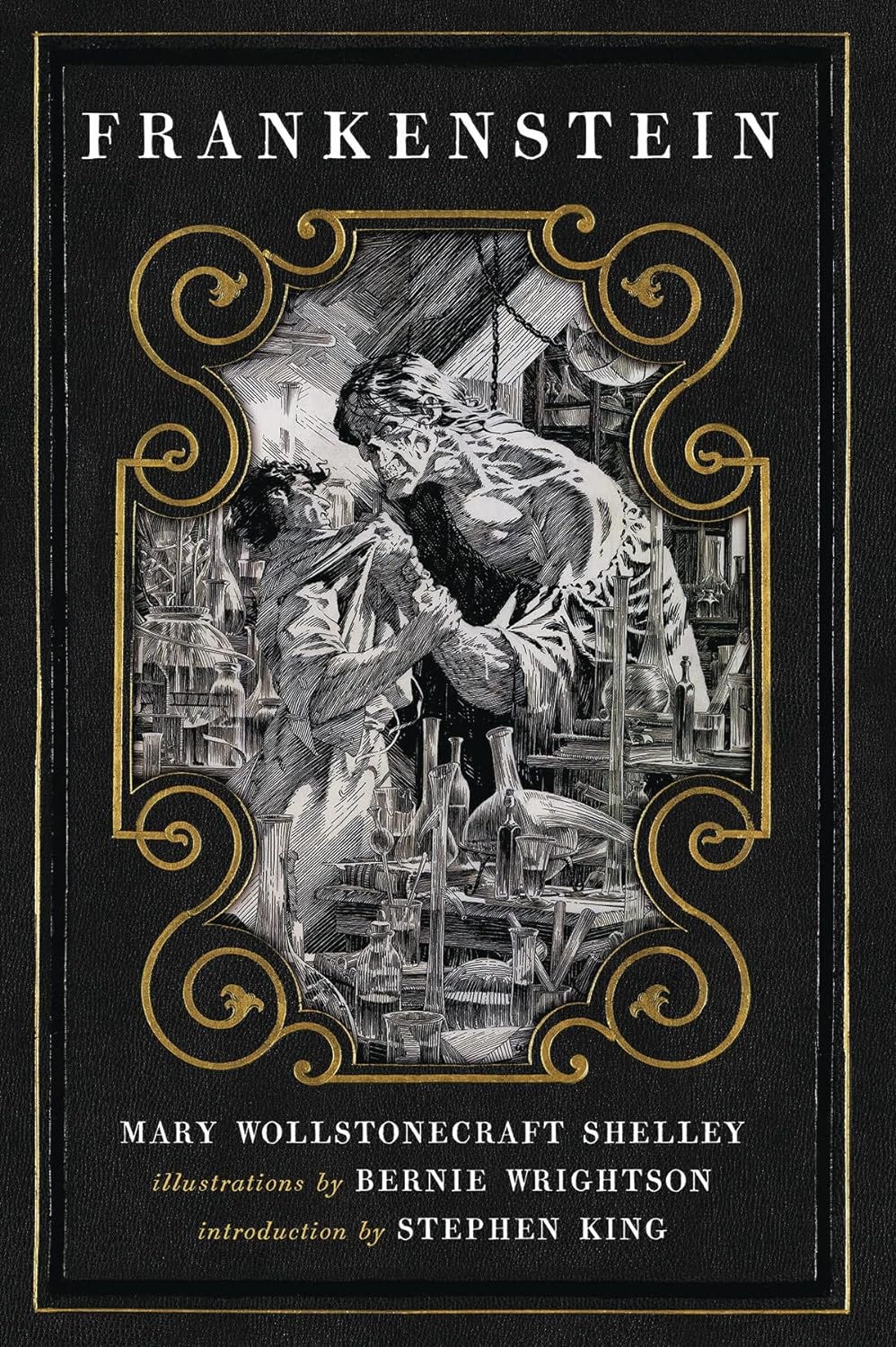

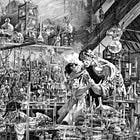




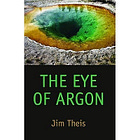


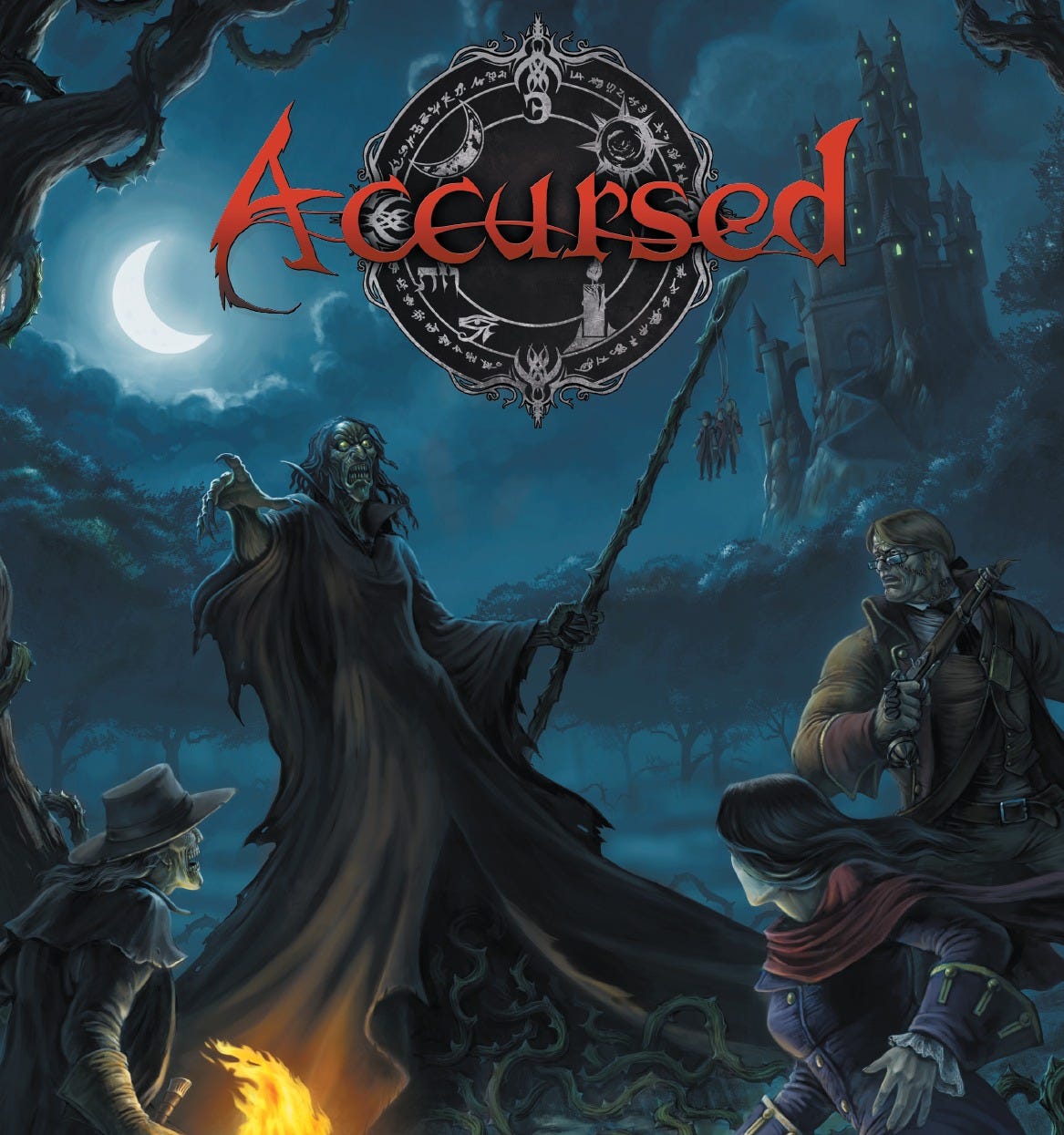
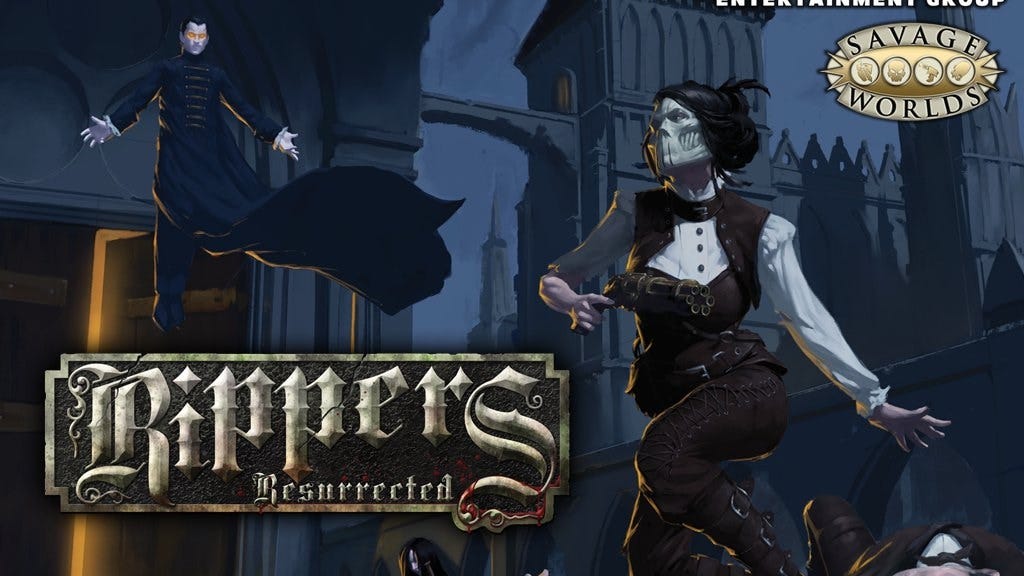
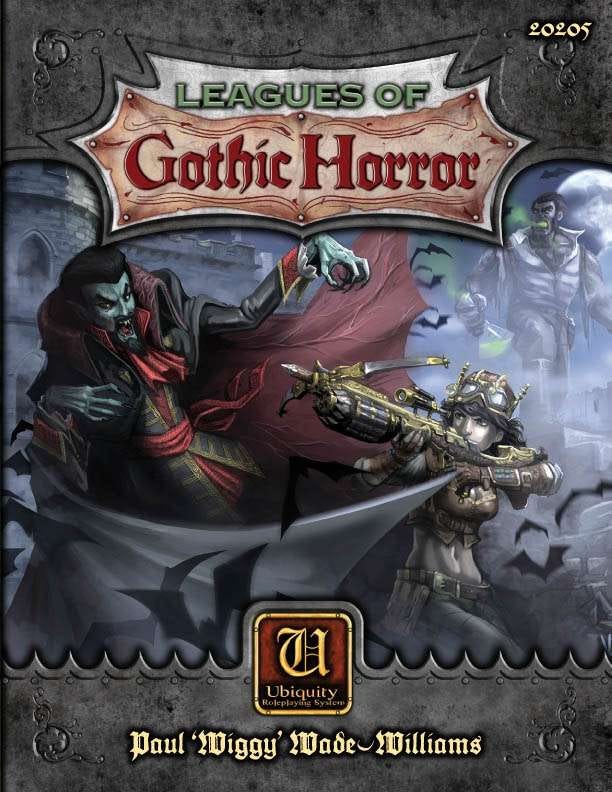



Electric Frankenstein - great band! On a trivial personal note, Sal Canzonieri from EF has taught qigong classes near me. I also humbly recommend "The Siege and Investiture of Baron von Frankenstein’s Castle at Weisseria" by Blue Öyster Cult for your Frankenstein-themed playlist.
Thank you for the shout-out! I love your point about gatekeeping as an old phenomenon too. People, regardless of the fandom or subculture, can end up being snooty or know-if-alls. It doesn't require the internet to be a gatekeeper, that's for sure!
And can I just say I'm loving all this Frankenstein-related stuff! I've been teaching the novel to my high school students the past two years and having a blast, but this coming school year I decided to switch things up and teach something different. With the del Toro movie coming out, I'm having second thoughts!! LOL! The James Whale Frankenstein and Bride of Frankenstein, and Mel Brooks's Young Frankenstein are some of my favorite movies.